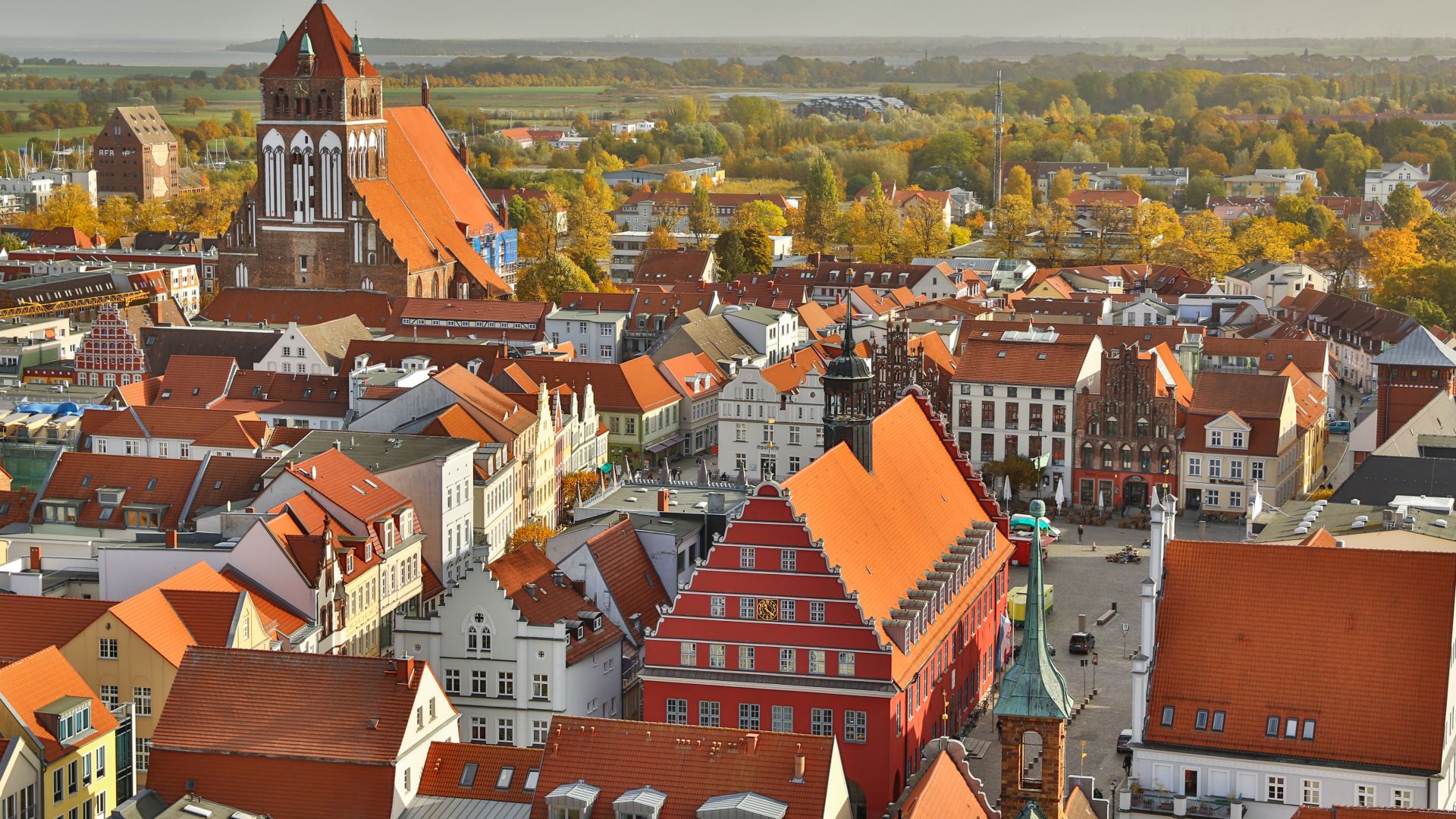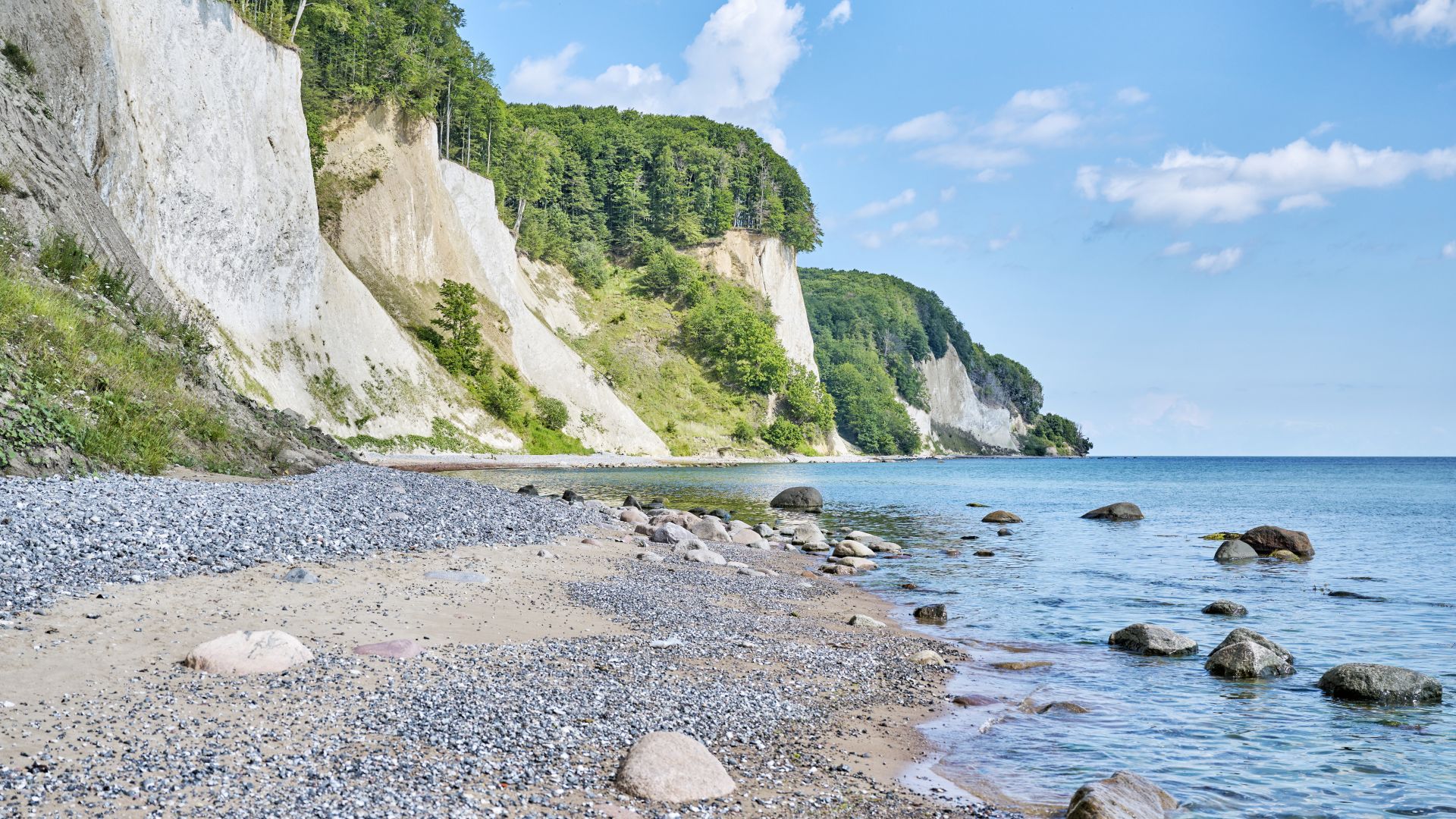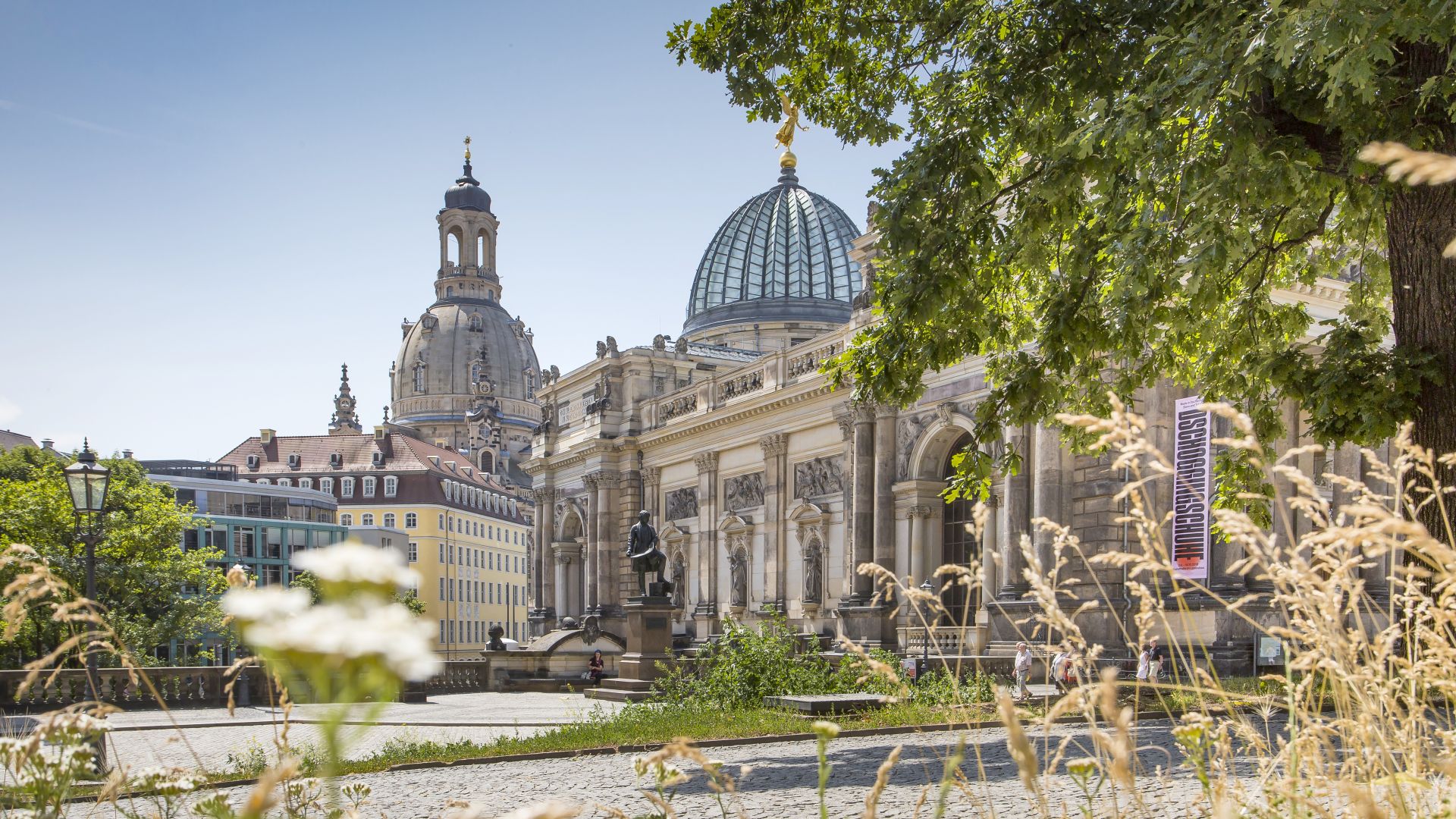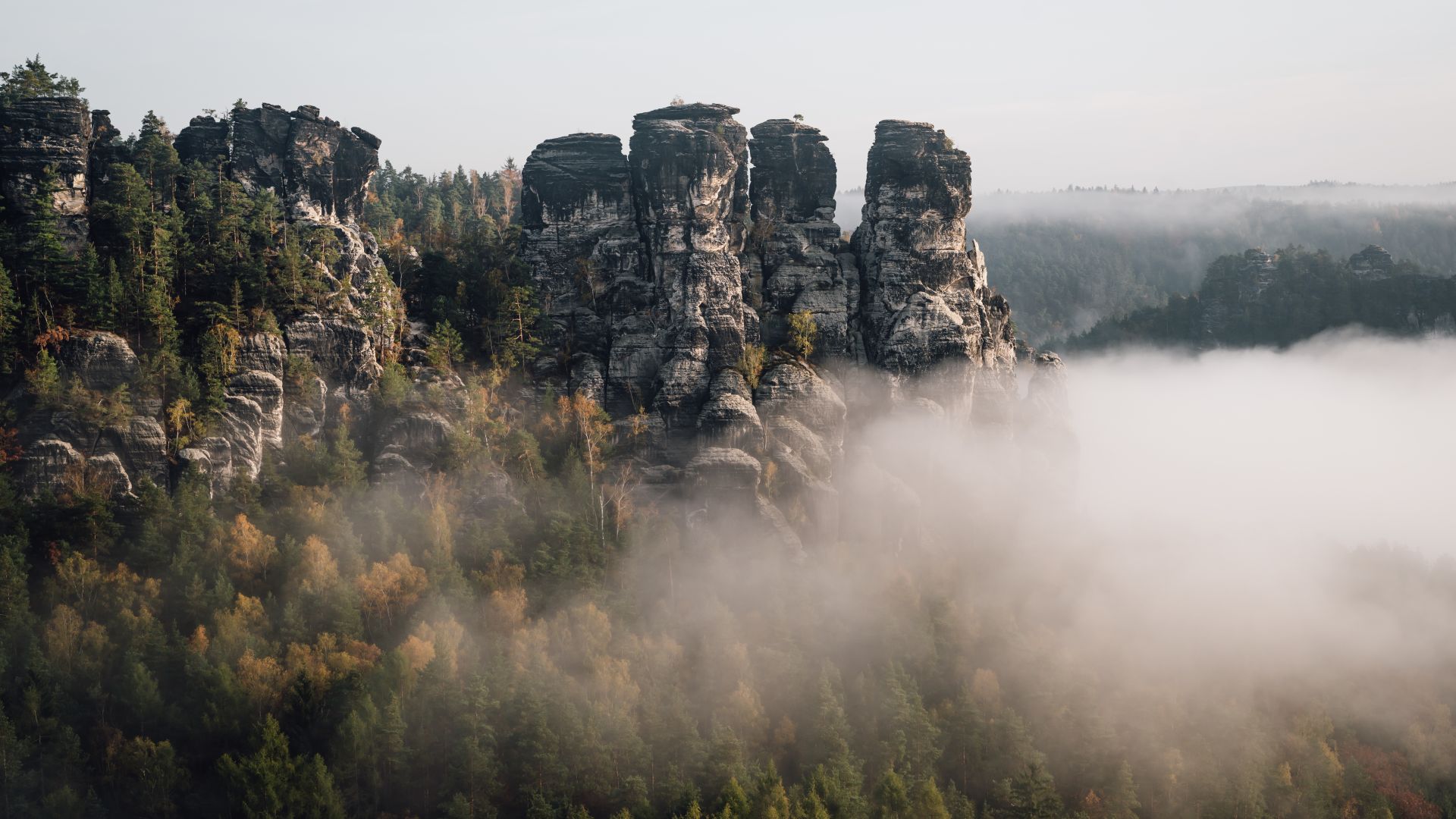Inspiring Germany
250 years of Caspar David Friedrich: Pathways of History
In 2024, Germany celebrates Caspar David Friedrich's 250th birthday, whose works are considered icons of the Romantic era. Many of the locations that inspired his creations continue to captivate visitors with their untouched charm.
Bare trees in icy winter landscapes, ivy-covered ruins, the sky above the stormy Baltic Sea, and the ever-present connection between humanity and nature were Caspar David Friedrich's (1774-1840) favourite themes. In his drawings and paintings, the artist not only captured landscapes but also the moods and emotions they evoked.
True to his motto, "The artist should paint not only what he sees before him, but also what he sees within himself," his works reflect longing, melancholy, contemplation, and a deep love for nature. Friedrich's mode of travel - on foot with a sketchbook in hand – aligns well with the modern zeitgeist. You can follow in his footsteps at his most significant locations. Click here to get inspired by specific travel tips and the events planned for his anniversary year!
Formative years in Greifswald
 Greifswald from above
©AdobeStock (M. & S.-N. Petersen)
Greifswald from above
©AdobeStock (M. & S.-N. Petersen)
Horses graze in a vast meadow landscape; the Greifswald church towers can be seen on the horizon. To this day, you can experience this view of Friedrich's birthplace almost exactly as it once was - the place where he received his first drawing lessons, but also where he endured life-altering tragedies.
Discover his motifs on a walk along the Caspar David Friedrich Trail: from the museum at his birthplace, to the lovingly restored Old Town, and the nearby harbour museum, where around 50 traditional ships are now anchored, all the way to the Eldena Abbey ruins. Be sure to visit the collection of Friedrich's works in the Pomeranian State Museum as well. For culture enthusiasts seeking an active experience, consider taking a bike excursion along the North German Romantic Road, which merges sustainable nature exploration with the essence of Romanticism and so also of Caspar David Friedrich.
Serene Days on Rügen Island
 Sassnitz: cliffs with a view of the chalk cliffs
©DZT (Florian Trykowski)
Sassnitz: cliffs with a view of the chalk cliffs
©DZT (Florian Trykowski)
Three people stand at a precipice overlooking white cliffs, framed by shady trees: the landscapes of the island of Rügen provided Caspar David Friedrich with perfect backdrops, in particular for his work "Chalk Cliffs on Rügen". From early in the 19th century, Friedrich made frequent journeys to the largest German island. In 1818, he returned on his honeymoon - a blissful time for the painter.
Embark on a hike along the High Coast Trail in Jasmund National Park to immerse yourself in this stunning landscape. A new vantage point was recently added: the Skywalk at the Königsstuhl National Park Visitors Centre hovers dramatically above the sea. Throughout Rügen, visitors encounter Friedrich's motifs: megalithic tombs, fishing boats, and solitary coastlines.
A Life Centred in Dresden
 Dresden: University of the Arts, Frauenkirche in the background
©TMGS (Katja Fouad Vollmer)
Dresden: University of the Arts, Frauenkirche in the background
©TMGS (Katja Fouad Vollmer)
In Friedrich's painting "Hills and Ploughed Fields near Dresden", one can catch just a glimpse of Dresden's spires, with nature taking centre stage. The Romantic artist lived in the capital of Saxony for over 40 years, becoming a member of the Royal Academy of Fine Arts there in 1824.
At the Albertinum you can experience the largest collection of his works – a major special exhibition is planned in 2024 in collaboration with the Copperplate Cabinet. During your visit, it's also worth taking a look at the monument created in honour of Friedrich in the Brühl's Terrace Garden. His resting place is at the Trinitatis Cemetery, which he incidentally also previously immortalized in a mystical, foggy painting.
Elbe Sandstone Mountains Retreat
 Malerweg: Rocks along the Malerweg trail
©German Roamers (Leo Thomas)
Malerweg: Rocks along the Malerweg trail
©German Roamers (Leo Thomas)
Luminous clouds dance around the grey mountain peaks in Saxon Switzerland, in front of which stands a hiker with a walking stick: the painting "Wanderer Above the Sea of Fog" is uniquely emblematic of a fascination with the Elbe sandstone mountains, which Friedrich frequented regularly. In 1813, he even made a retreat to the small village of Krippen for several months.
Follow in his footsteps along the 15-kilometre Caspar David Friedrich Trail, or admire the view over the rocky turrets, spikes and peaks from one of the many vantage points in the Saxon Switzerland National Park. Many of his motifs also line the 116-km Malerweg, or "Painter's Trail" hiking trail, which offers a sustainable nature experience by hiking.